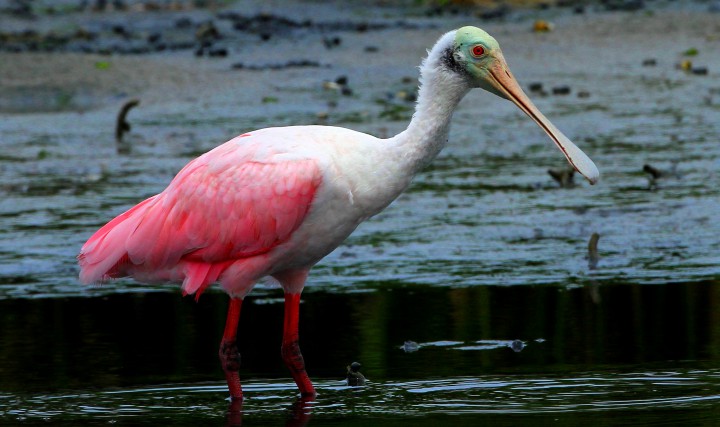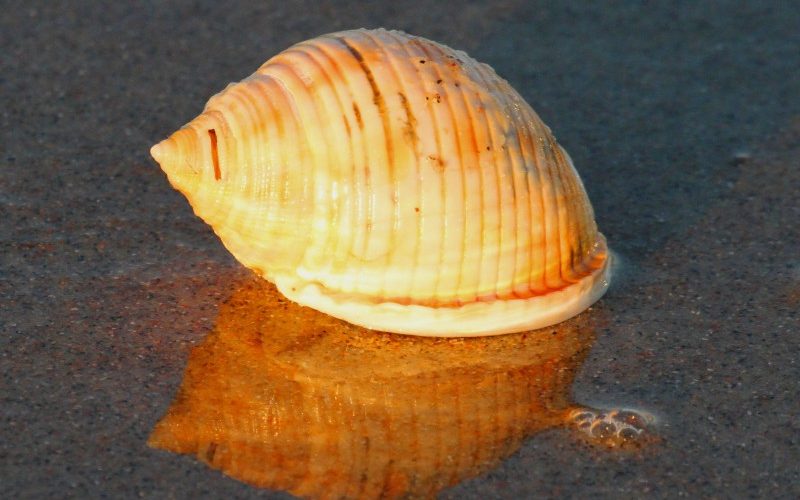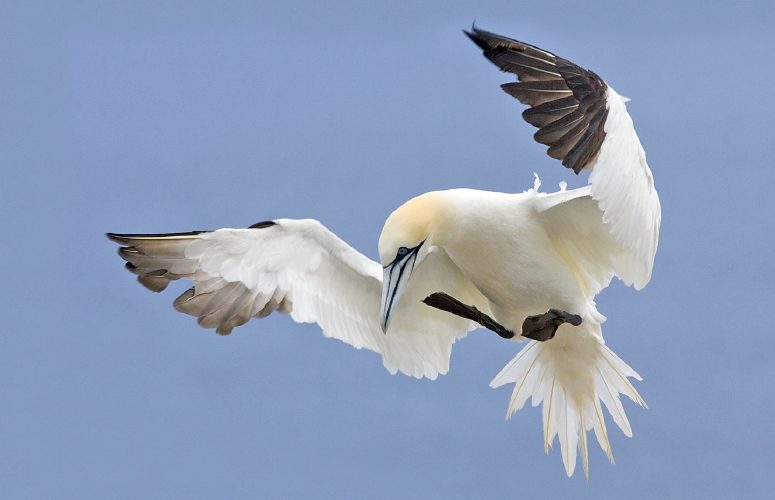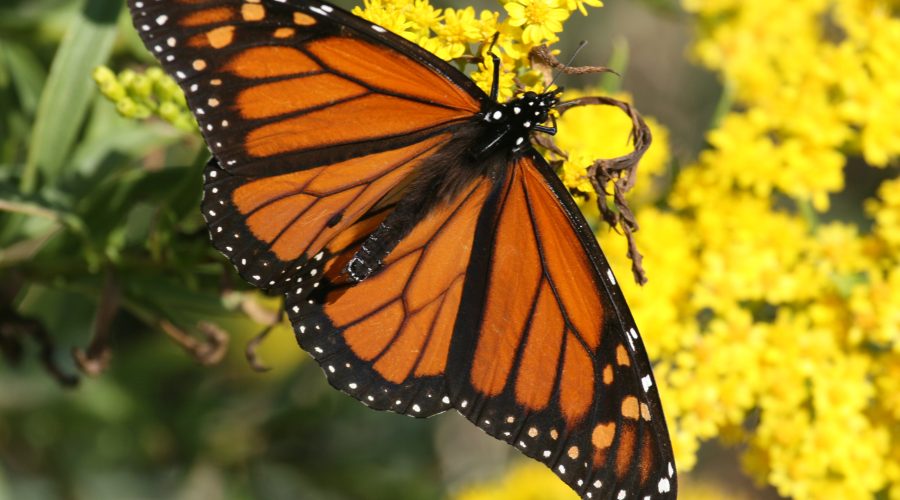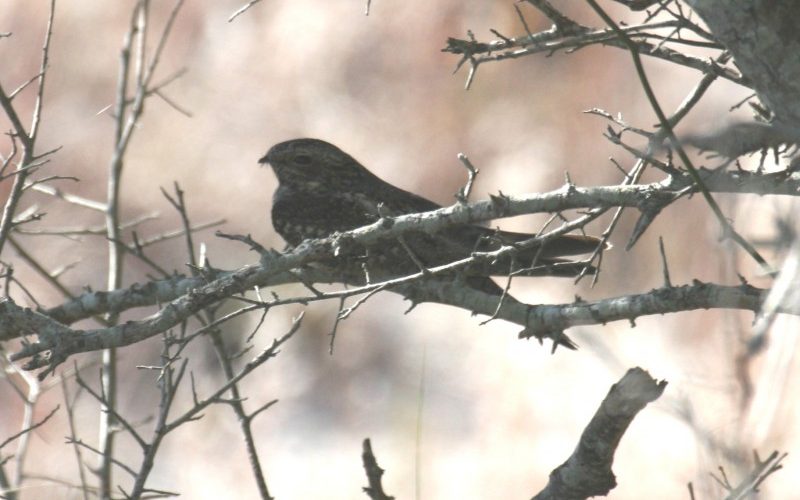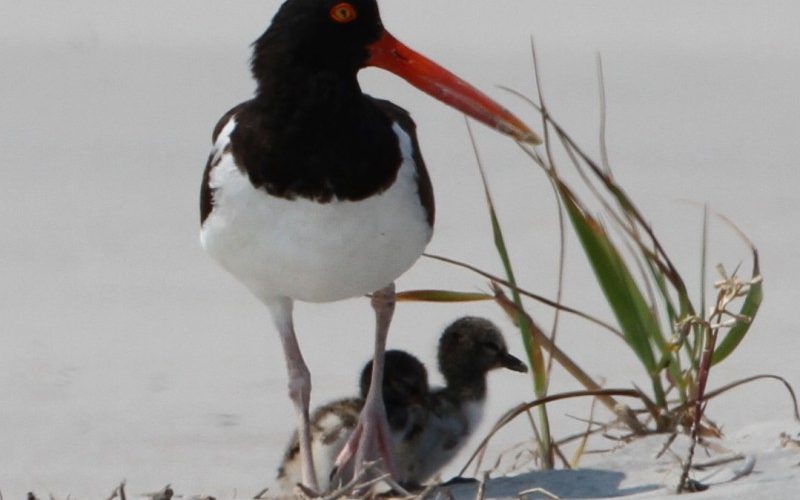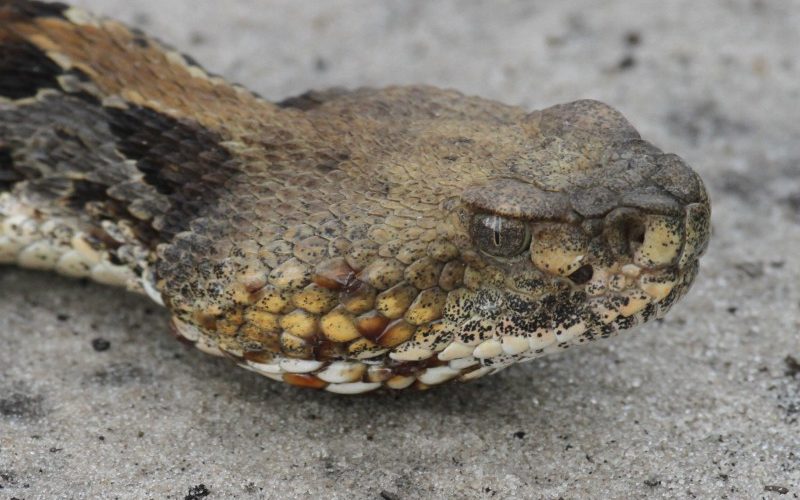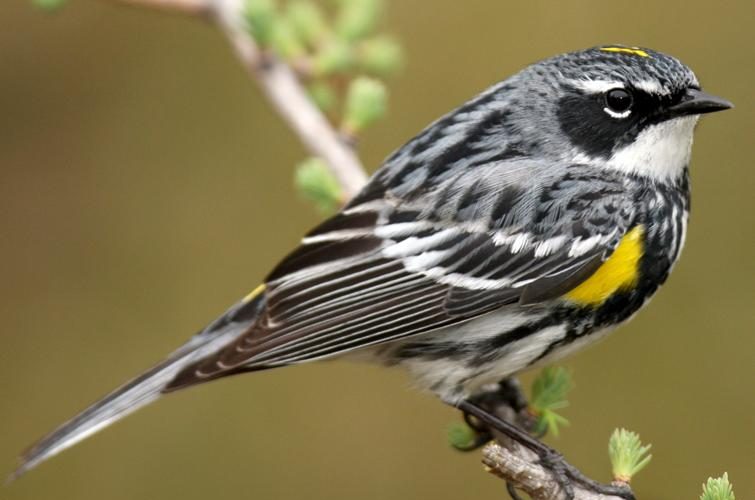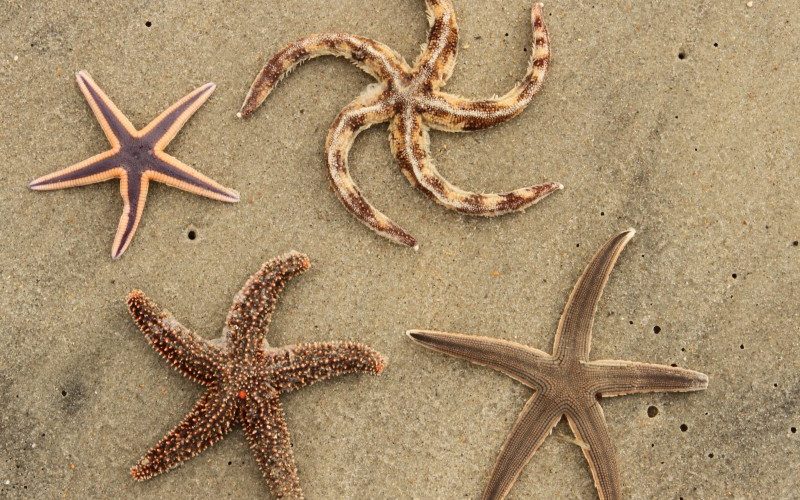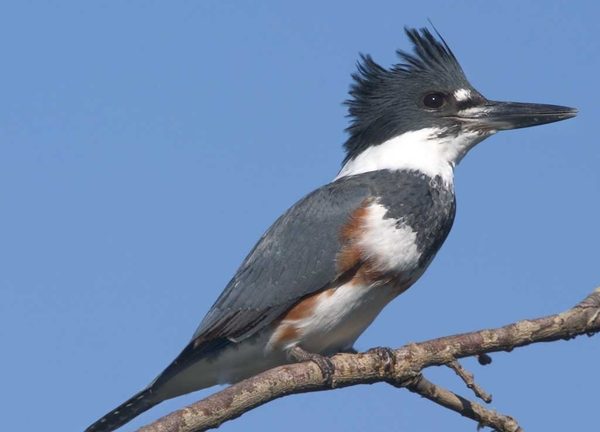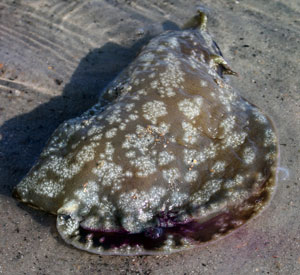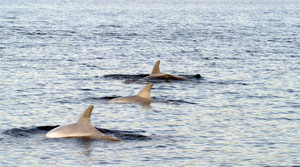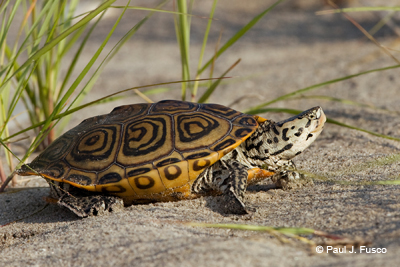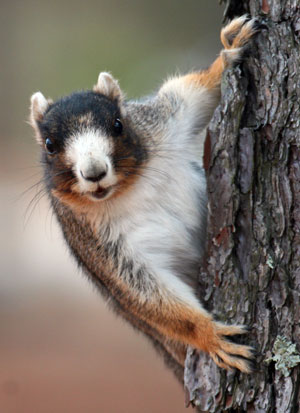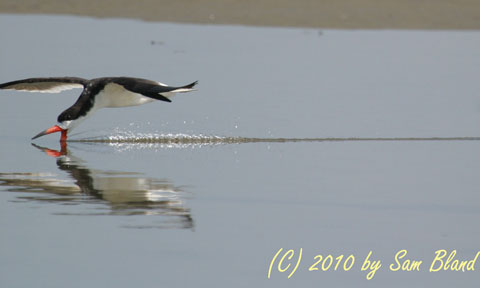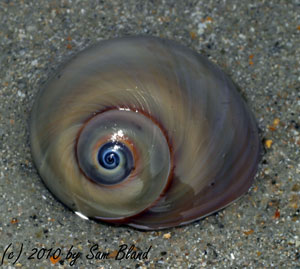The big pink bird is rarely seen in North Carolina, so when reports of one visiting Bear Island reached Sam Bland, he had to check it out.
Sam’s Field Notes
Sam’s Field Notes: North Carolina’s State Shell, The Scotch Bonnet
Everybody has their favorite shell, but in North Carolina, the Holy Grail of seashells seems to be the Scotch bonnet.
Sam’s Field Notes: The ‘Spectacled Goose’
The largest seabirds in the North Atlantic, the northern gannets have long been tied to maritime culture.
Sam’s Field Notes: The Migration of the Monarchs
When the temperatures start to drop,the king of butterflies — the monarchs — begin their long and amazing migration back to the mountains Mexico.
Sam’s Field Notes: The Call of a Nightjar
The call of the chuck-will’s-widow is one of Sam’s favorites… as long as it’s in the distance.
Sam’s Field Notes: American Oyster Catcher
Sam Bland and a ranger friend spy a rare sight on Bear Island: American Oyster Catcher hatchlings. Come, read about their encounters.
Sam’s Field Notes: The Timber Rattlesnake
Sam Bland loves snakes, but when he comes across one unexpectedly, his perfectly understandable reaction is to run… and then go back for a look and a few photos.
Sam’s Field Notes: Yellow-Rumped Warblers
When these winter visitors are gone, we know spring has arrived in coastal N.C.
Sam’s Field Notes: Sea Star
Many stuffy marine biologists would scoff at the term “starfish” because these animals aren’t fish. But, by any name, they are awesomely cool.
Sam’s Field Notes: Kingfisher
As the setting sun lowered a crimson veil over the horizon, I took a late afternoon stroll down to a favorite marsh overlook and was greeted by a loud, clear rattling call that sliced through the calmness of the approaching evening. A disturbed Kingfisher stared at me with obvious irritation, its magnificent crest feathers stood erect, resembling a Mohawk hair style spiked up with gel.
Sam’s Field Notes: Sea Hare
Everybody probably remembers the fable by Aesop about the tortoise and the hare. Well, what about the sea turtle and the hare! Just kidding, but we do have a type of hare that lives in our coastal waters, just not the kind of four legged hare that you are probably thinking of.
Sam’s Field Notes: Bottlenose Dolphin
During my life living and working along the coast and spending time on the water I have learned that no species of animal brings more joy, reverence and awe than the magical bottlenose dolphin. They command your full attention and seem to make time fly and stand still at the same time.
Sam’s Field Notes: Diamondback Terrapin
As a kid growing up in coastal North Carolina I spent many a hot summers’ day out on the barrier islands hiking through the sandy dunes, body surfing the ocean waves and walking the moonlit beach looking for ghost crabs.
Sam’s Field Notes: Fox Squirrel
During my career as a park ranger with North Carolina state parks I often received crazy reports of unusual and exotic animals in or near the park. There have been accounts of mountain lions, wolves and even a kangaroo prowling around.
Sam’s Field Notes: The Black Skimmer
Gliding gracefully above the water searching for a meal, the black skimmer may be one of the most recognizable coastal birds in flight. With a strange oversized beak, stubby red legs and bulky body, the black skimmer appears out of balance and clumsy on land. In the air, however, the skimmer with long delicate pointed wings is elegance aloft as it skims just above the glassy waters of a tidal pool.
Sam’s Field Notes: The Shark Eye
Beachcombers intently surveying a cluster of oceanic gifts that marks the reach of the last high tide sometimes find an eye staring back at them. This “eye” is the dark spot at the center of a shark eye sea shell.

